ATLANTA — The Georgia Trust for Historic Preservation released its list of 10 “Places in Peril” Wednesday morning. It highlights different historic sites in the state in need of preservation.
This is the 18th year the group released this list, to try to keep history alive.
President and CEO of the Georgia Trust for Historic Preservation, Mark McDonald, talked about why they work so hard to preserve these buildings.
“It is a list of sites that have been nominated by the general public, but screened by our staff and committee, then approved by our board of trustees," he explained. “We provide the professional guidance and advice and also some grant-making abilities to try to bring some financial resources to these projects."
Each year, the list highlights Georgia's 10 most endangered and historic buildings that "need saving," as McDonald puts it. Some are facing the possibility of demolition, others experience a lack of maintenance.
“It’s important to these communities to preserve a sense of their past because it gives them pride and a better understanding of what their identities are. Buildings can tell a story in a much deeper way than just reading about them in a book," he added.
11Alive Photojournalist Chris Cole and 11Alive Reporter Paola Suro got to visit some of those sites the day the list was released.
Today, the area where the McConnell-Chadwick house sits, is considered Fulton County but back when it was built in the 1830s, it was Cherokee County.
The home looks abandoned, parts of it boarded up, while dozens of cars speed by Arnold Mill Road. However, in the late 1830s, it was owned by Brigadier General and State Senator Eli McConnell. It was one of the first structures built in what was then Cherokee County.
"The Indians were forcibly removed from this area, Cherokees were removed to Oklahoma. It was a very tragic tale: Trail of Tears, it's called. So this, this building was only made possible because of that horrible chapter in our history," McDonald said. "It's really important to preserve this one just to show the opportunism by the white settlers to take land that belonged for centuries to Native Americans."
Photojournalist Cole first made his way to 223 Auburn Avenue. This building, which is located in the heart of the Sweet Auburn District, is now boarded up, with advertisements on display on what used to be doors. But in the early 20th century, the building was the first chartered Black-owned bank in the state of Georgia.
"It's important African American history. Now it's in really in bad condition," McDonald said. "It had a tornado and a fire."
Then, he drove to a 151-year-old courthouse. The Old Campbell Courthouse in Fairburn was built in 1871 and served as a courthouse until 1932, right after what was considered Campbell County was annexed into Fulton.
"This one taught me something," McDonald said. "We used to have a county in Georgia called Campbell County but it went bankrupt and was absorbed into Fulton County. The courthouse still exists there and it has been vacant and we had a fire there. Fortunately, the Fairburn fire department was quick on the spot and put it out, but it did suffer some damage."


Now, McDonald and his team are working with the city and neighbors in the area to try to raise money and bring the courthouse back.
They try to keep this history alive with help from the community and a budget of nearly $2 million, of which some go to their activities in Atlanta, and some to the preservation of the Hay House in Macon, which is "Georgia's grandest Italianate mansion."
The fundraising efforts and grants don't go unnoticed. McDonald said just last year, they were able to help many of these historic archaeological sites flourish.
"The Chattahoochee Brick Company was on our list from last year, and that has now been purchased by the City of Atlanta with plans to create a city park and memorial so it is no longer in danger. So that was a big save," he explained. "Over in Washington, Georgia, there was a lovely one-room schoolhouse built for African Americans in the 19th century and it was in really dire condition but it has now been completely rehabilitated thanks to a grant that we were able to give them and tireless efforts of by community and volunteers to restore this really cute schoolhouse."
Here's a full list of the "Places in Peril."
Metro Atlanta sites:
- 229 Auburn Avenue in Atlanta (Fulton County)
- Beulah Grove Lodge and School in Douglasville (Douglas County)
- Lee’s Mill Ruins on the Flint River in Forest Park, (Clayton County)
- McConnell-Chadwick House in Milton (Fulton County)
- Old Campbell County Courthouse in Fairburn (Fulton County)
Other sites around the state:
- Chickamauga Masonic Lodge No. 221 in Chickamauga (Walker County)
- Dasher High School in Valdosta (Lowndes County)
- Dudley Motel, Cafe and Service Station in Dublin (Laurens County)
- Wilkes County Training School in Washington (Wilkes County)
- Yates House in Ringgold (Catoosa County)
Below is information from the Georgia Trust of Historic Preservation about each site. Full details can be found on their website.
229 Auburn Avenue (Atlanta, Fulton County)
229 Auburn Avenue was a place that's been home to several African American businesses during the 20th century. It was once a branch office for the Atlanta Life Insurance Company. In 2008 a tornado damaged buildings in the district, including one adjacent to 229 Auburn Avenue. The building still stands, but it has been vacant for years. It's been identified by a National Park Service study as the most imperiled building in the Sweet Auburn District. Read more about it here.

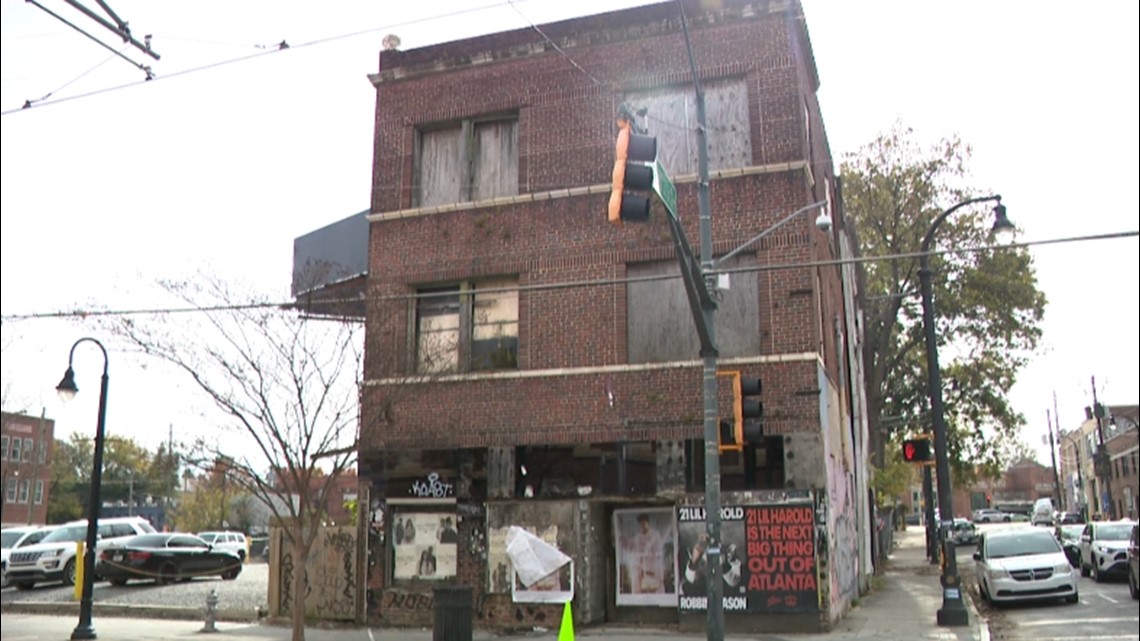
Beulah Grove Lodge and School Douglasville (Douglasville, Douglas County)
Beulah Grove Lodge and School is an important piece of history in the Jim Crow South, the Georgia Trust for Historic Preservation said. Some African American communities used the buildings for multiple purposes as they reflected on their need for independence and self-reliance. The lodge has deteriorated and rehab efforts have been made complicated by the pandemic. Get more information here.

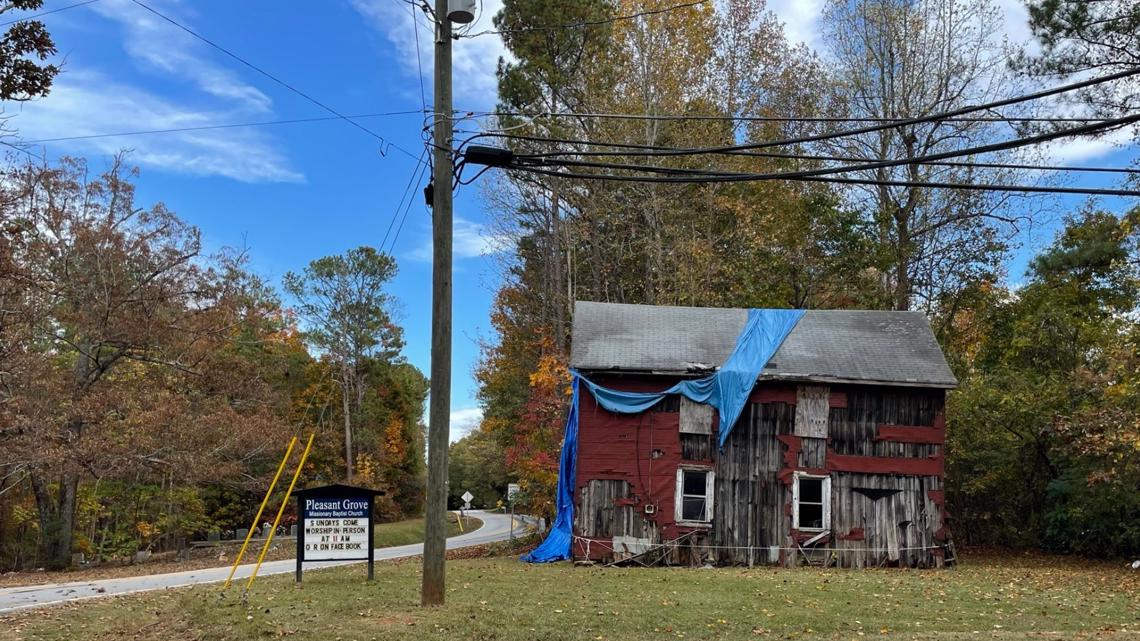
Chickamauga Masonic Lodge No. 221 (Chickamauga, Walker County)
Chickamauga Lodge No. 221, Prince Hall Affiliate of the Free and Accepted Masons, was organized by former enslaved and first-generation freed African Americans in 1916. But, the current facility was completed in 1924 after the previous one burned. Some of the buildings pressing needs include a new roof and structural evaluation. Read more information here.

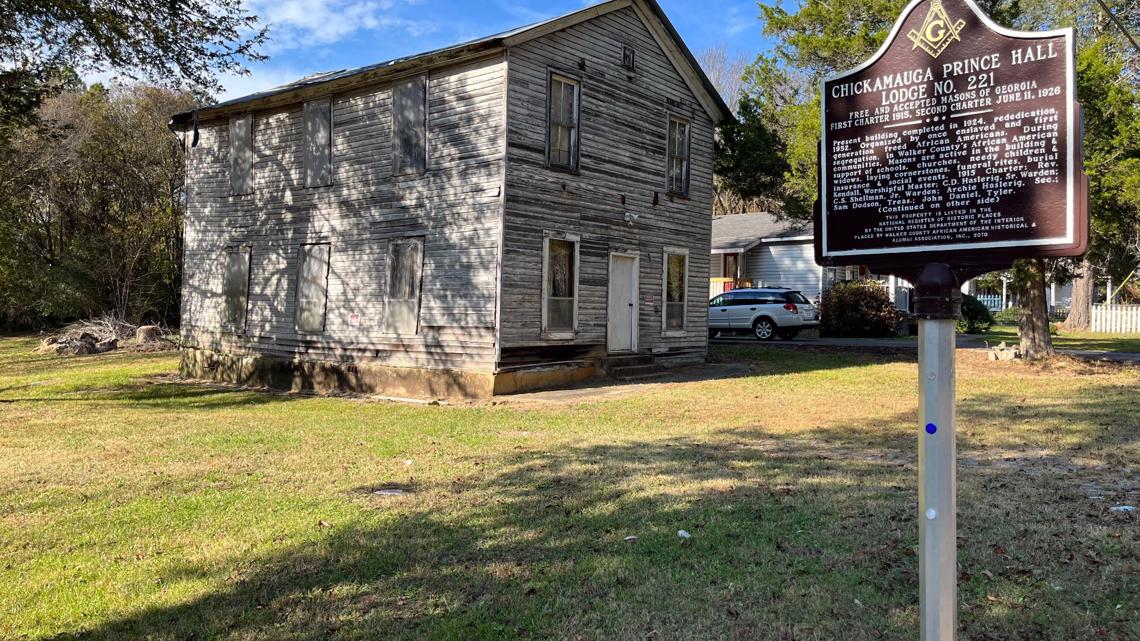
Dasher High School (Valdosta, Lowndes County)
The former Dasher High School was built in 1928 as the third public high school for African American students in Valdosta. It was named in honor of Mayor Robert Dasher. It is the only remaining school building from that era. Dasher High School continues to serve the citizens of Valdosta as a community center but parts of the building are unsafe for the public. Read more about Dasher High here.
Dudley Motel, Cafe and Service Station (Dublin, Laurens County)
Herbert “Hub” Dudley, a prominent Black business owner opened the Dudley Motel in 1958. The motel accommodated Black travelers during the Civil Rights Era. He also owned the nearby Retreat Cafe and Service Station, as well as several other businesses for African American patrons in Dublin. The motel closed in the 1980s and has been vacant. A preservation plan is needed to rehabilitate the hotel. Read more about it here.
Lee’s Mill Ruins on the Flint River (Forest Park, Clayton County)
The earliest portions of Lee’s Mill may date to the antebellum period. With the growth of the nearby Hartsfield-Jackson Atlanta International Airport, the area near the mill has been zoned for heavy industrial development for decades. The Georgia Trust for Historic Preservation said the Flint River experiences intensive floods due to runoff from the hard surfaces of the upstream airport and parking lots. Stabilization efforts are needed. Read more here.
McConnell-Chadwick House (Milton, Fulton County)
The McConnell-Chadwick House was developed in the late 1830s as the homestead of Brigadier General and State Senator Eli McConnell. McConnell, also an enslaver, was authorized to mediate conflict between Native Americans and white settlers. He also helped found the town of Hickory Flat and advocated for the creation of Milton County, which is now part of Fulton County. The house sits beside the busy Highway 140. It's been plagued by water penetration and vandalism. Read more here.

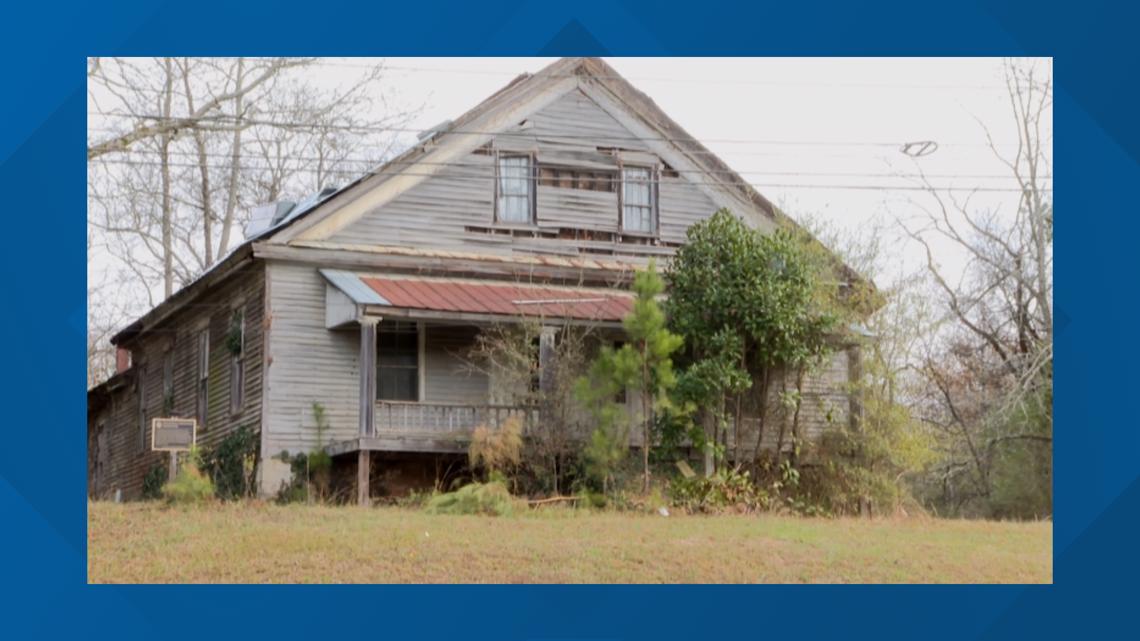
Old Campbell County Courthouse (Fairburn, Fulton County)
The Old Campbell County Courthouse was built in 1871 and served as a courthouse until 1932 when the area was annexed into Fulton County. It placed in the National Register of Historic Places in 1976 and was last used by the local historical society until its relocation in 2020 and was used by the local historical society until its relocation in 2020. The building caught fire in August 2022. The community is hoping to rehab the facility. Read more here.

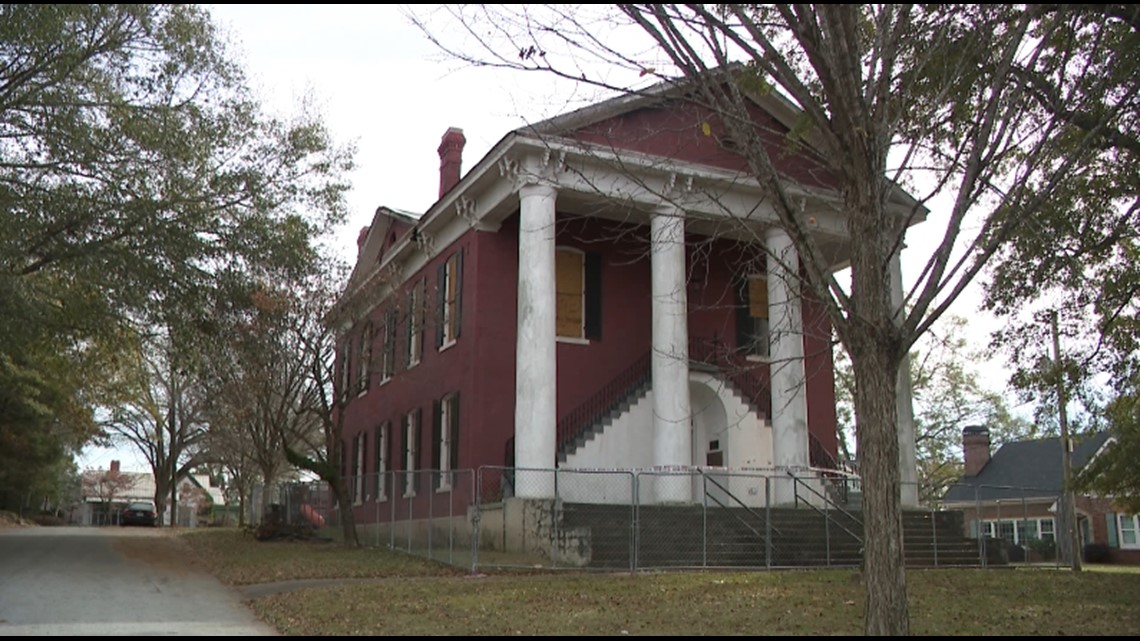
Wilkes County Training School (Washington, Wilkes County)
The former Wilkes County Training School was established in 1956 as an Equalization School, combining roughly 40 rural African American schools in Wilkes County. During integration in 1970, the previously segregated white high school was merged onto this campus and 9th through 12th grades were renamed Washington Wilkes Comprehensive High School. It's been vacant since 2011. The building has deteriorated. Read more here.
Yates House (Ringgold, Catoosa County)
This house near Yates Springs is one of the few remaining antebellum homes in Catoosa County. Presley Yates, who received the land in the Cherokee Land Lottery of 1832, served as a delegate to the Georgia Secession Convention in 1861 and voted against secession --- despite being an enslaver. The house has been vandalized several times and needs improved security. Read more here.

